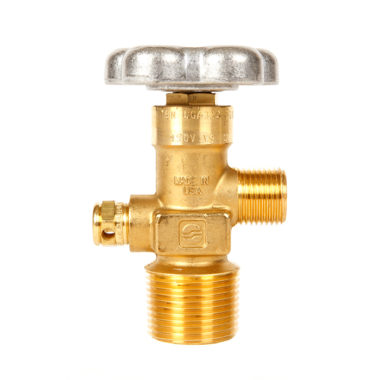Very interesting discussion. I've never had an issue with heat affecting my CO2 bottles in Florida. I have 3 different sizes, 5, 10 and 20 lbs. Where I keep having problems is in the refrigerator, third time now I have put a 5 or 10 in the fridge with a keg only to find the CO2 bottle to be completely empty upon going for a brew a day or so later. I've eliminated gas loss due to hoses without clamps, used a different regulator and even turned the valve off. No problem with either tank until putting them in the fridge. I'm now wondering if it may have something to do with the burst ring mentioned here. Does anyone else experience cold side CO2 loss? Could it be loosing gas because the ring contracts, etc?









![Craft A Brew - Safale S-04 Dry Yeast - Fermentis - English Ale Dry Yeast - For English and American Ales and Hard Apple Ciders - Ingredients for Home Brewing - Beer Making Supplies - [1 Pack]](https://m.media-amazon.com/images/I/41fVGNh6JfL._SL500_.jpg)

















































